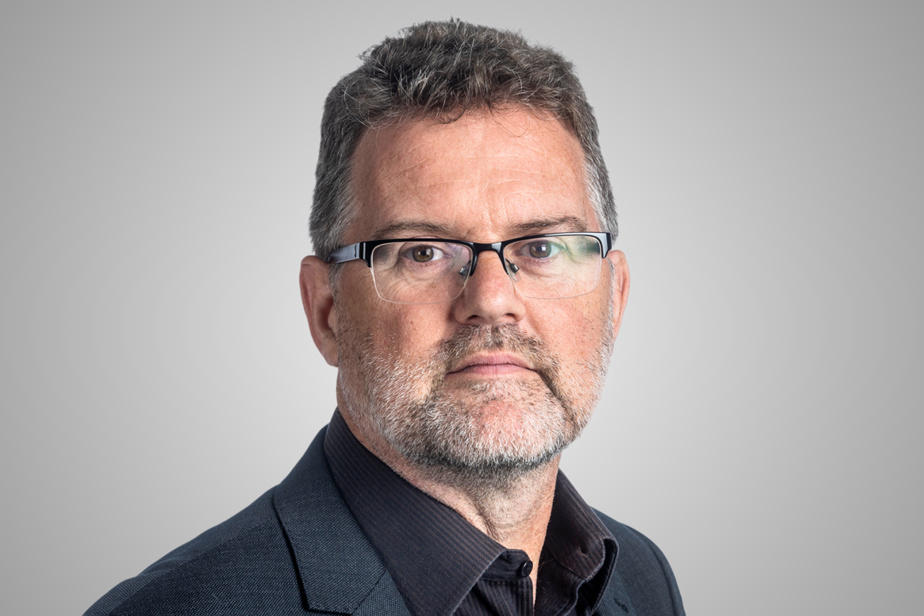
Religion is the opposite of school
Of all the items in State secular law (“Law 21”), certainly the most controversial is the one that prohibits teachers from wearing religious symbols. The individualism that is prevalent in our time makes us see this issue in terms of the teacher’s right to wear whatever he wants or to show his religion. It’s much more than that.
the reason
Every age has its dangers. At the moment four scare me more than the others and they are all related to the answer that needs to be given to them. First, the decline of the critical spirit: the right to opinion became more and more detached from the requirement of rigor. Then, the power of relativity: Nothing really matters, we can compromise on everything. Then, the omnipresence of lies: post-truth, hyperbole, and fake news. Finally, the return of the religious to the public space and even some valorization of religious affiliation.
The answer to these four dangers is the same: education, or more precisely, critical thinking.
In Europe, public schools are where the largest number of rules regarding secularism apply. Not coincidentally, this is where the citizen is formed.
School removes children from their native environment, extracting them (and sometimes liberating them) from the social, religious and political framework in which they grew up. It trains them to question, in doubt, the scientific approach. In short, it liberates them. It liberates them by strengthening their capacity for reason, that power by which we can know ourselves, judge and act according to our own principles.
For their part, even if they do not all have the will to impose it on others, all religions claim to hold divine truth. It is the opposite of doubt. Mind reverse. Faith is the opposite of school. One is certainty and the other is doubt. One has dogmas, the other questions. One requires membership, the other builds freedom.
School is the land where the mind must grow, so faith has no place there. Not in words or appearances.
Teacher neutrality
Wearing an ostentatious religious sign is a strong affirmation. It is first and foremost an attitude to be taken of religious truth, that of assent to it in every sense of the term. It is to bring religion into the classroom, to make it a form of propaganda or, more precisely, to do passive proselytizing.
It also brings sexism into the classroom. The clothing prescribed by different religions is always different for men and women and is therefore sexist. The school should not condone these practices.
Again, the unbridled individualism of our time makes us forget that the professor embodies the state and that this comes with limitations.
The policeman wears a uniform that embodies the law. The teacher’s uniform is the absence of political or religious signs. It embodies the neutrality and secularism of the state. It’s part of his job.
Of course, what the professor says may be compatible with the goals of the secular state. But what he wears must not contradict what he expresses. There must be impartiality and the appearance of impartiality.
Professor in a position of authority?
The law requires universities and CEGEPs to “regulate intimate relations” between professors and students. why ? Because we consider teachers to be in a position of authority, even if everything happens between adults. It seems clear to me that this power relationship exists most strongly in early and high school, the students are the kids!
Teachers teach, evaluate, punish and monitor. They decide whether or not a student will graduate. They also teach and impart ways of living in community, interacting with others, and managing conflict. They advise, support and accompany. Not only are teachers in a position of authority with children, beings who can be affected, but they are role models, people who change their lives through what they say and what they do. Their attendance is compulsory until the age of 16.
Obviously, it is difficult to accurately measure the impact of teachers on students, but it is impossible to deny it. is the precautionary principle applied; To preserve children’s freedom of conscience, neutrality must be complete.
Moreover, the law already prohibits teachers from expressing their political opinions within the framework of their jobs. The teacher’s role is not to reinforce his or her ideas, but to get the children to define their own. Why should it be otherwise for an attitude, even a negative one, to religious truth?
For the state, defending secularism means leaving faith in the private space and promoting the practice of reason, critical judgment, and science, in teachings as in appearances. This is the role of the school.
On the other hand, the teacher personifies the state. Teaches critical judgment. encourages suspicion. It trains beings capable of interrogating everything. All this requires secularism and all of this contradicts the desire of some professors to show their religion during the official working hours.

“Organizer. Social media geek. General communicator. Bacon scholar. Proud pop culture trailblazer.”

